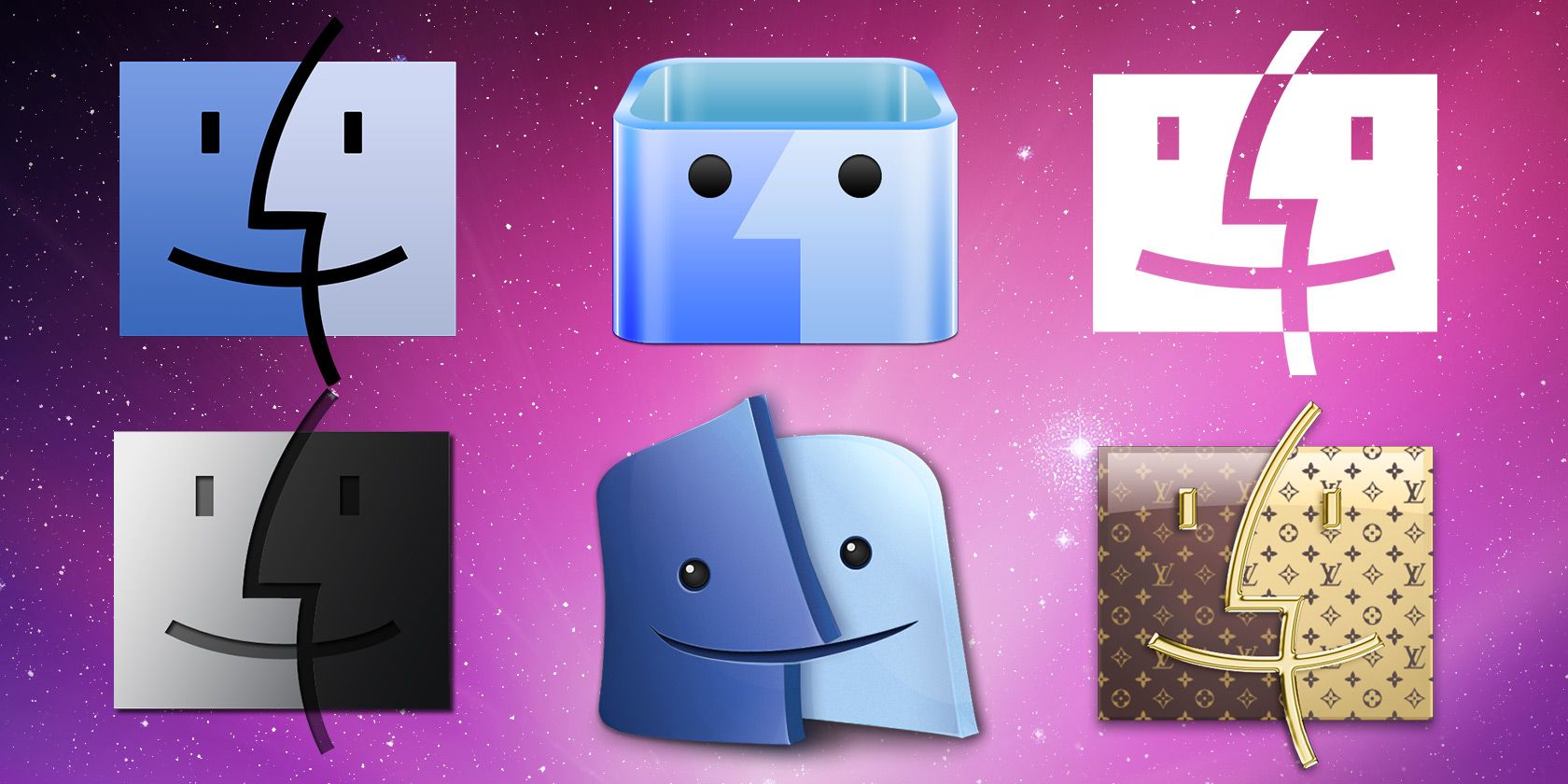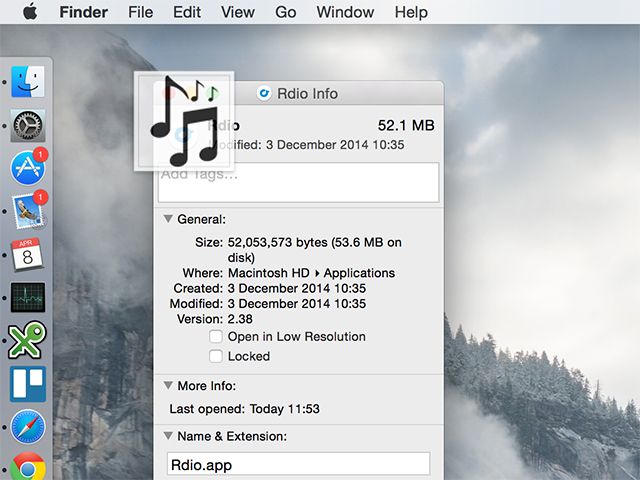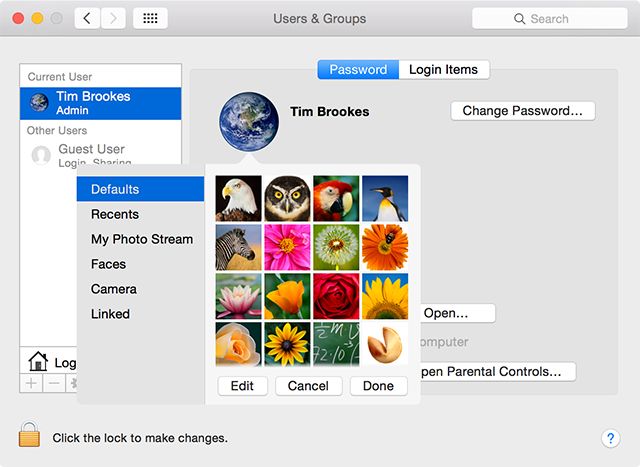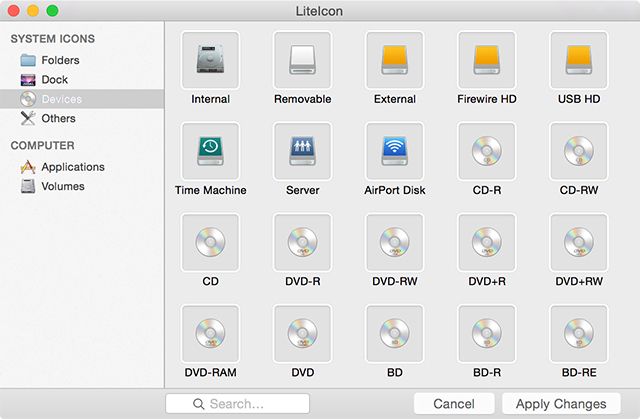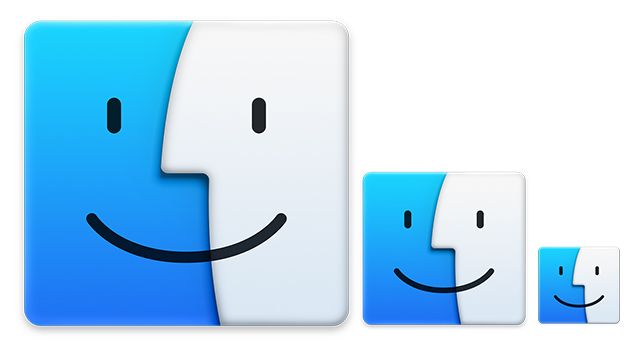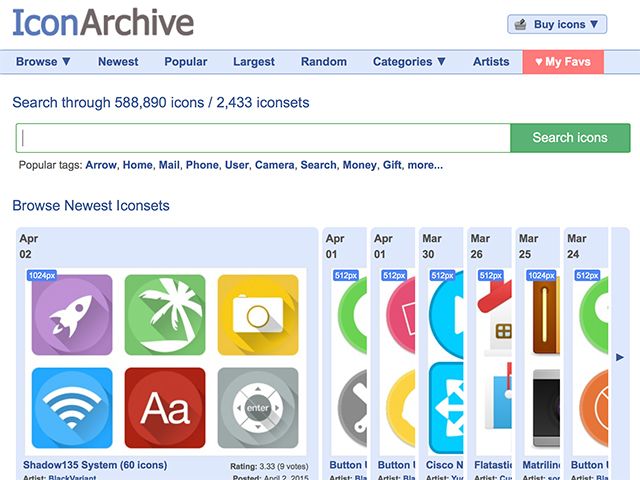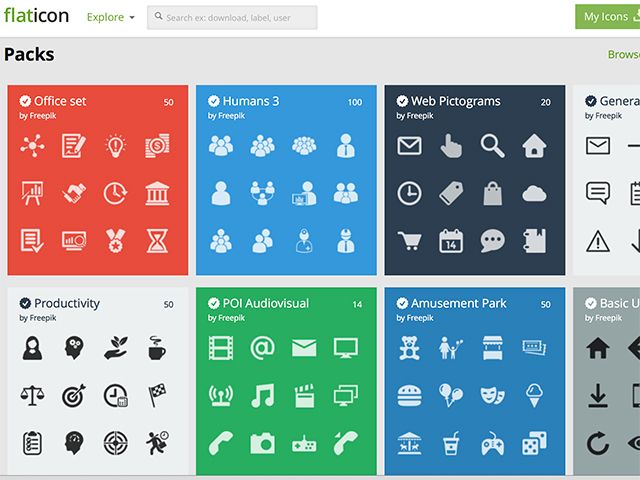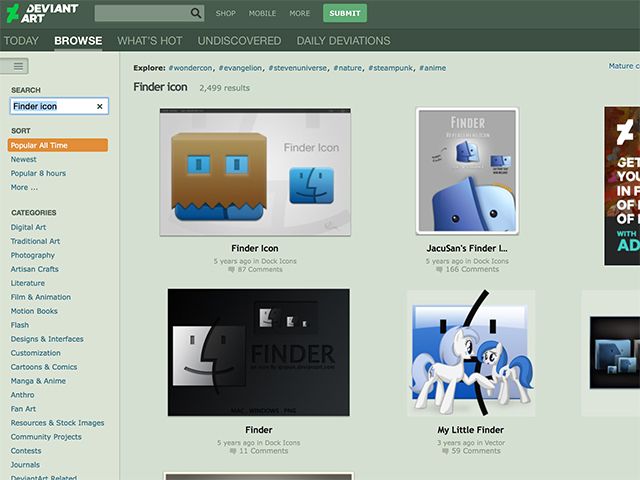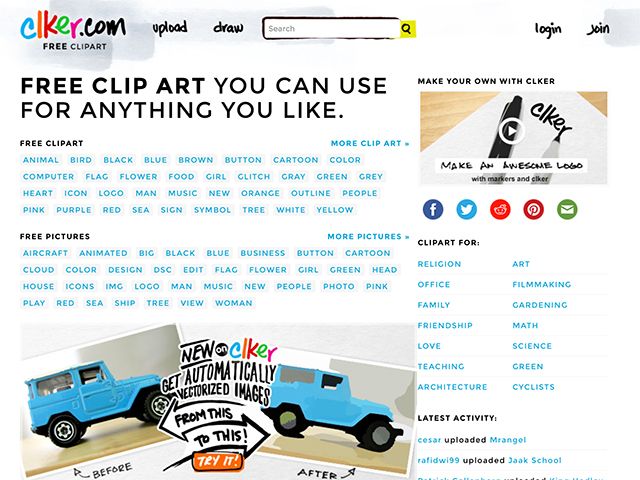Tired of the way your Mac looks like everyone else's? Brighten things up by installing your own custom icons for favorite software and system components.
The hardest part of this tweak is deciding which replacement icons you want to use. Reverting back to defaults couldn't be simpler, so you don't even have to worry about messing things up.
How to Change Icons
Brightening up your Mac with a new set of icons was never a particularly hard thing to do, but changing system icons for components like Finder, Trash, and System Preferences is a little more tricky.
The basic technique still works for most applications and folders:
- Find the application, folder, drive or other item you want to modify.
- Hit command+i or right click and select Get Info to bring up the inspector.
- Click and drag the icon you would like to use and release over the existing icon.
Note: If you have changed an icon for an item that is pinned to your dock, you'll need to open Terminal and run the
killall Dock
command in order to see it.
Your icon will now have changed. In order to get it back, simply bring up the inspector, highlight your replacement icon by clicking it and hit backspace to revert.
Changing Your User Icon
Often forgotten but glanced at every time you turn on your computer, your user icon requires little effort to change. Simply head to System Preferences > Users & Groups and click on the current icon.
Changing System Icons
If you want to change system icons there's an excellent little bit of freeware that makes the whole process effortless. LiteIcon is an icon management tool from FreeMacSoft, the same studio responsible for the rigorous space-reclaiming tool AppCleaner.
LiteIcon uses a similar method to OS X when it comes to changing icons, except the application places all customizable icons within the one interface. In addition to lists of installed applications and currently-mounted volumes; folders, the dock, external devices and other default icons are separated by type.
LiteIcon is very easy to use:
- First download and launch LiteIcon, then find the application, folder, system component, hard drive or other item you would like to customize in the list.
- Click and drag your icon or image file and release over the icon you would like to replace.
- Hit Apply Changes and admire your handy work.
If you would like to revert to the default icon, click and drag the custom until it disappears, then hit Apply Changes again. If you've made too many changes and simply want to get back to where you started, launch LiteIcon and in the menu bar at the top of the screen choose Tools > Restore All System Icons.
Using an Older Mac?
If you're using an older machine that doesn't support OS X Mavericks or Yosemite (10.9 and 10.10 respectively) then LiteIcon won't work. Instead you'll need to use an old application called CandyBar, which is now unsupported freeware.
The application makes changes at a system-level, so if you find the changes you made using the OS X inspector aren't sticking, this should work. CandyBar works with OS X 10.5 and greater.
And speaking of older Macs, why not trying giving your Mac a retro look while you're changing icons?
Icons, Sizes & Filetypes
Icon files should be square, with a 1:1 ratio. For Mac computers without a Retina display, the recommended image size is 512 x 512 pixels, and for Retina display MacBooks or the 5K iMac you should use files of 1024 x 1024 pixels to avoid unsightly pixelation.
OS X uses a proprietary icon format with the .ICNS file extension, but image files work just as well. Many icons found online will be in the .PNG format, but even .JPEG files will work. The key is to find image files that are big enough in the first place — if you're using a Retina screen your choices will be limited to icon sets released within the last few years.
Finding icons can be tricky, but here are a few of the best resources for high resolution sets:
IconArchive
Probably the largest collection of useful icons on the Internet, with a focus on freebies and providing icons in a variety of formats (.ICNS and .PNG included). The high resolution collection is worth a look if you're looking for elusive replacements for your Retina display.
FlatIcon
Still riding the "flat UI" wave of recent design decisions, FlatIcon focuses entirely on simple two-dimensional icons that emphasize simplicity and minimalism. Included icons are available in .PNG among other formats (including .SVG and .PSD downloads), completely free of charge but the largest download seems to be 512px, which means you'll need to download the vector and export your own Retina version if need be.
DeviantArt
Another rich source of icons is DeviantArt, though you may find yourself wrestling with the search tool in order to find exactly what you want. The website is as much a community as it is a resource, and you can sign up to rate, comment and follow your favorite artists.
Clker
This may seem like an odd choice to feature on a list of icon resources, but Clker has arguably the biggest collection of free vector files on the web. Unlike raster images, vectors scale without loss of quality providing you with a great basis from which to create your own icon files.
Convert Files to Icons
If you happen upon an icon you cannot use (maybe it's in the Windows .ICO format), you might have to convert it. Fortunately there's a free online tool that allows you to do this in the form of the iConvert Icons Online Converter.
iConvert also has a standalone Mac app ($9.99) which provides this functionality on the desktop.
Have you changed your Mac's default icons?

